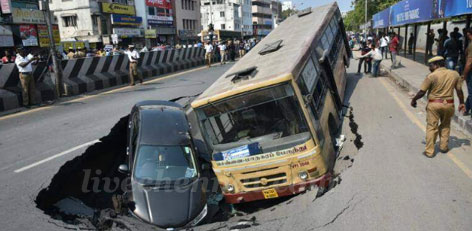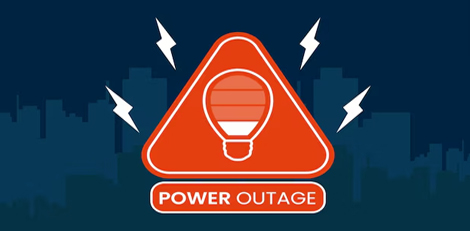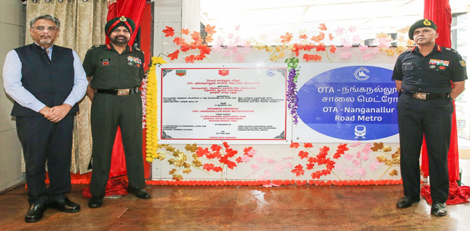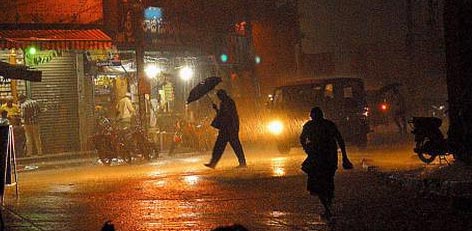Reasons for roads cave-in due to Metro Rail Project work - explanation from the experts
Posted on: 12/Apr/2017 4:54:48 PM

Experts on the study of sand and its properties have explained the reasons for the frequent cave-in on roads. If it is possible to prevent this, what are the steps to be taken?
A professor from IIT Madras explained that the reason for cave-in to happen when tunnelling work is in progress is the looseness of the sand. Also, the pressure exerted by the tunnelling devices must be uniform. If the pressure is not uniform throughout the area of tunnelling, it may then lead to road cave-in. So, the project workers should closely monitor the operating pressure of the tunnelling devices.
A professor from Anna University observed that the sand in Chennai is a mix of 3 types - red sand, gravel sand, and clay sand. These are safe. So, the Metro trains can be safely operated. The tunnel route is 25 metres deep from the ground surface. The sand tends to become weak during the tunnelling process. This may cause the cave-in on the roads. To prevent this from happening, extra care must be taken to ensure that all the sides around the tunnel do remain strong and do not loosen.
The higher officials of Metro Rail Project explained that the project is being executed with utmost precaution using the best quality equipment in the world. Currently, test runs are being conducted in the underground section between Koyambedu and Nehru Park.
When tunnelling work is in progress in some sections, the sand weakens in some sections leading to sudden road cave-in.
However, even when there is a strong downpour or earthquake, there will be no disturbance in operating the Metro Rail.
The problem of the sand weakening has been taken up for detailed study and solution in consultation with the latest technology and facilities in countries like Germany and Ireland. Solutions will soon be found and immediately implemented. Strict monitoring will be done to avoid recurrence of road cave-in.







